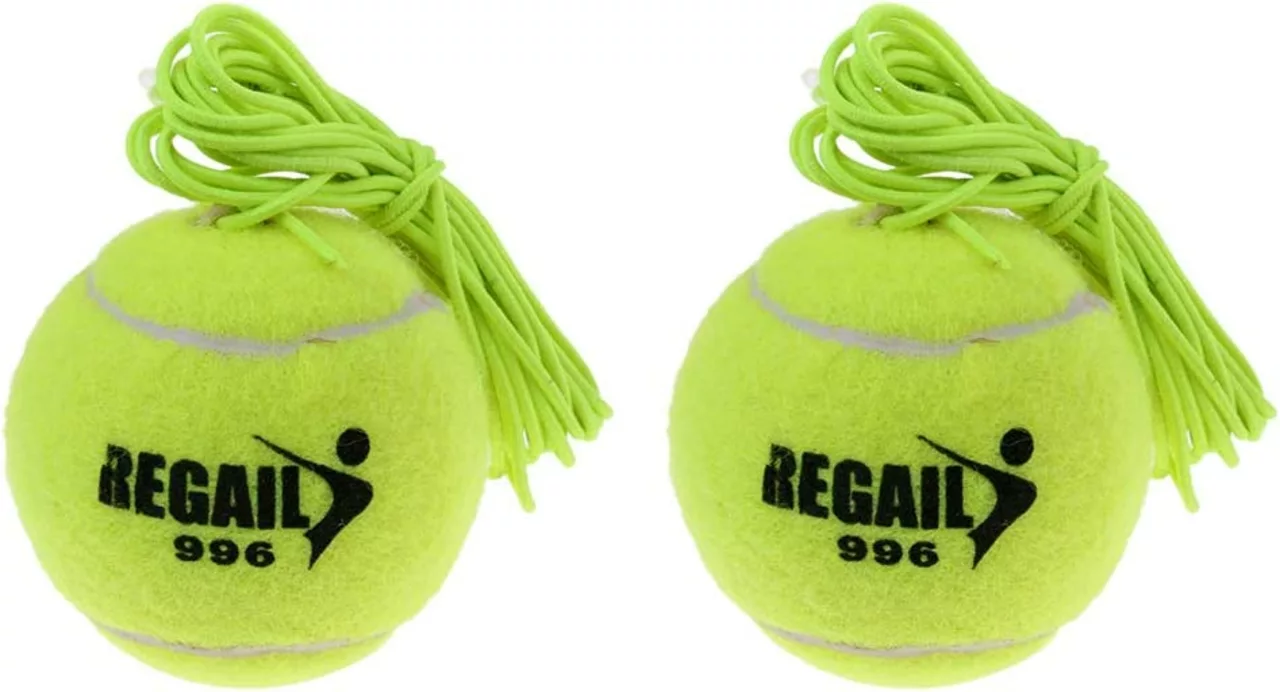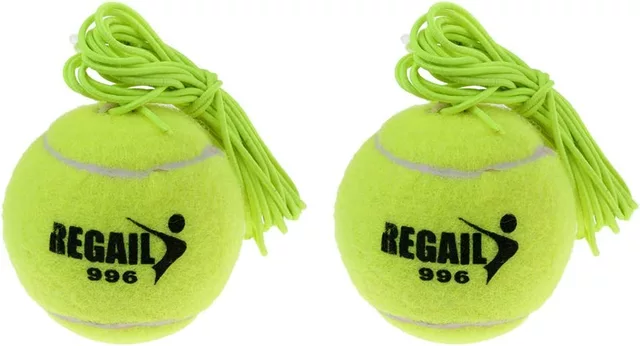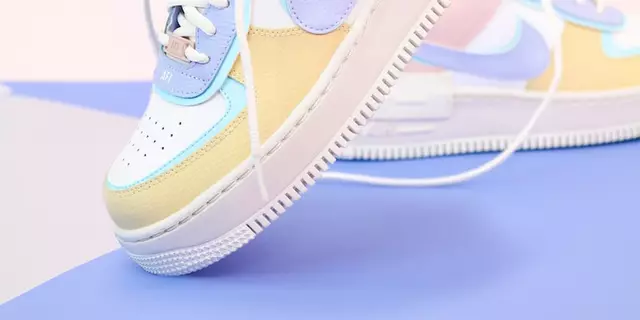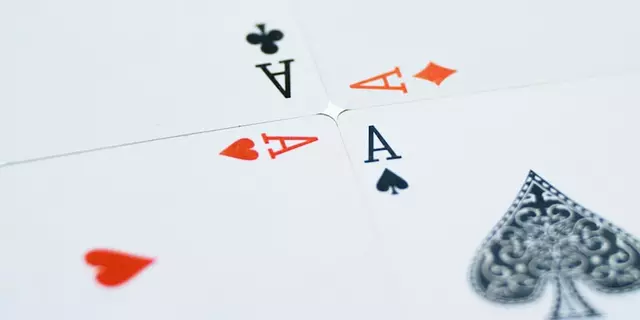
How often should I replace the tennis balls in my ball machine?
Understanding the Importance of Fresh Tennis Balls
As an avid tennis player and ball machine user, I understand the importance of having fresh tennis balls for optimal performance. In this section, we will discuss why it is essential to replace the tennis balls in your ball machine regularly and the factors that contribute to their wear and tear. Over time, tennis balls lose their bounce, pressure, and texture, which can significantly impact your practice sessions and overall game. This is why it is crucial to know when it's time to replace the tennis balls in your ball machine and how often you should do so.
Factors Affecting Tennis Ball Durability
There are several factors that affect the durability and longevity of tennis balls. These include the type of ball, the surface on which it is used, and the frequency of play. Knowing these factors can help you determine how often you should replace the balls in your ball machine. The type of ball, whether it is pressurized or pressureless, plays a significant role in its durability. Pressurized balls tend to lose their bounce and pressure more quickly, while pressureless balls maintain their bounce for a longer time. Additionally, playing on a hard court can cause more wear and tear on the balls compared to playing on a clay or grass court. Finally, the more frequently you use your ball machine, the faster the tennis balls will wear out.
Pressurized vs. Pressureless Tennis Balls
As mentioned earlier, the type of tennis ball you use in your ball machine plays a significant role in determining when it is time to replace them. Pressurized tennis balls are filled with air or nitrogen, which gives them their bounce and liveliness. However, they lose pressure over time, causing them to become less responsive and bouncy. On the other hand, pressureless tennis balls have a solid rubber core, which makes them less susceptible to losing pressure and bounce. However, they may not provide the same feel and responsiveness as pressurized balls. In this section, we will discuss the pros and cons of using each type of ball in your ball machine and how often you should replace them.
Replacing Pressurized Tennis Balls
If you prefer to use pressurized tennis balls in your ball machine, you should be prepared to replace them more frequently compared to pressureless balls. Pressurized balls typically lose their pressure and bounce within two to four weeks of regular use. However, if you use your ball machine daily, you may need to replace the balls as often as once a week. To ensure optimal performance during your practice sessions, it is essential to monitor the condition of your pressurized tennis balls regularly and replace them as needed.
Replacing Pressureless Tennis Balls
Pressureless tennis balls are an excellent option for ball machines because they maintain their bounce for a longer time compared to pressurized balls. However, they still require replacement due to the wear and tear of the felt and the eventual loss of texture. Depending on the frequency of use, pressureless tennis balls can last anywhere from three to six months before they need to be replaced. Keep an eye on the condition of the balls and replace them when you notice a significant loss of texture or when they start to wear out unevenly.
Monitoring Ball Condition for Optimal Performance
To ensure that you are always practicing with high-quality tennis balls, it is essential to monitor their condition regularly. This will help you determine when it is time to replace them. Look for signs of wear, such as worn-out felt, a loss of texture, or an uneven bounce. Additionally, you can perform a simple bounce test to check the liveliness of the balls. If they don't bounce back to their original height or if they feel flat when hit, it's time to replace them.
Storing Tennis Balls Properly
Proper storage of tennis balls is essential in prolonging their life and maintaining optimal performance. When not in use, store your tennis balls in a cool, dry place away from direct sunlight. Exposure to extreme temperatures and humidity can cause the balls to lose pressure and bounce more quickly. If you use pressurized tennis balls, consider storing them in a pressurized container to help maintain their pressure for a longer time. By taking care of your tennis balls and storing them properly, you can extend their lifespan and get the most out of your practice sessions.
Conclusion: Finding the Right Replacement Schedule for You
Ultimately, the frequency at which you should replace the tennis balls in your ball machine will depend on several factors, including the type of ball, the surface you play on, and the frequency of use. By understanding these factors and monitoring the condition of your tennis balls, you can find the right replacement schedule that works best for you and your practice sessions. Remember that using fresh, high-quality tennis balls is crucial in improving your game and getting the most out of your ball machine.




Post A Comment